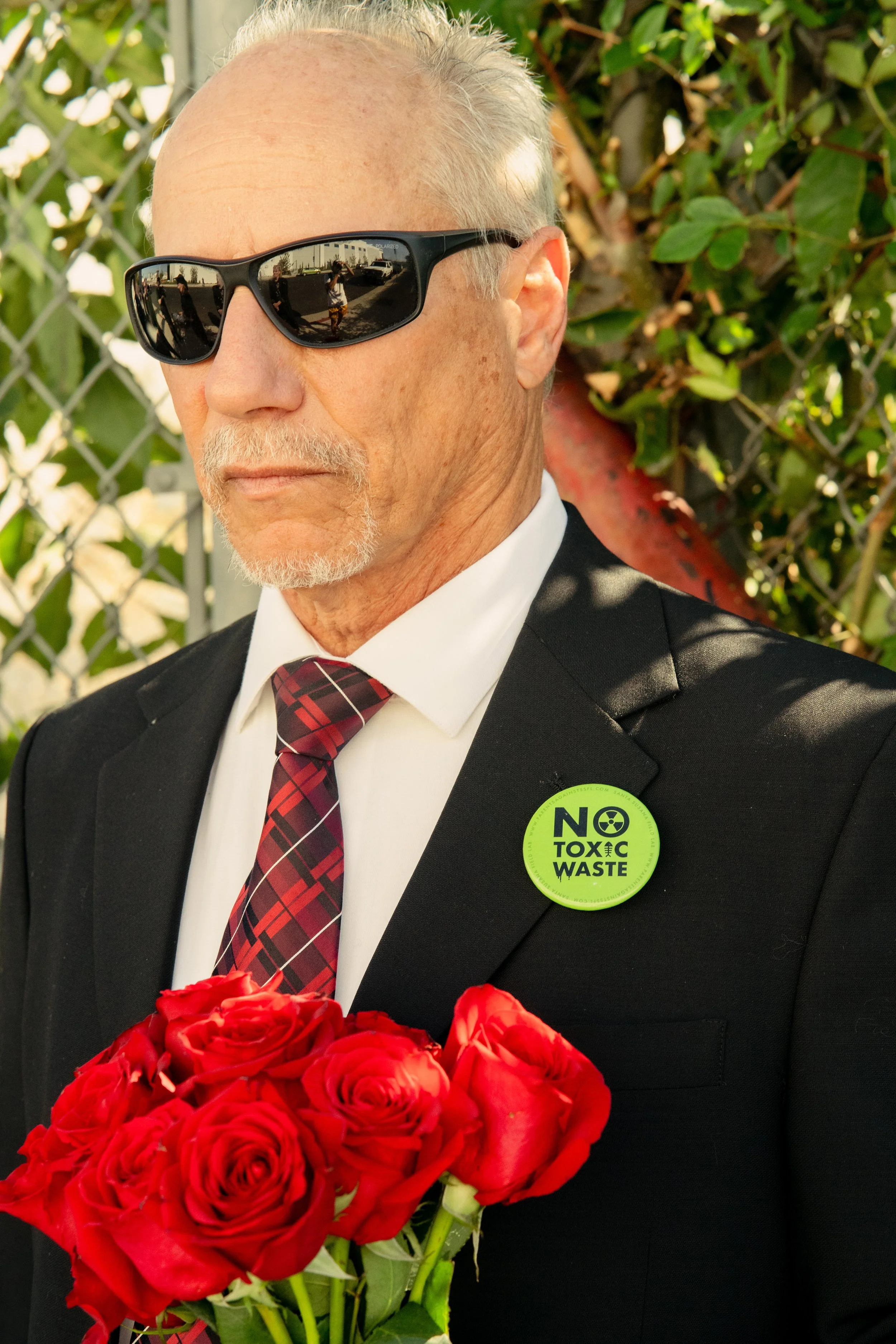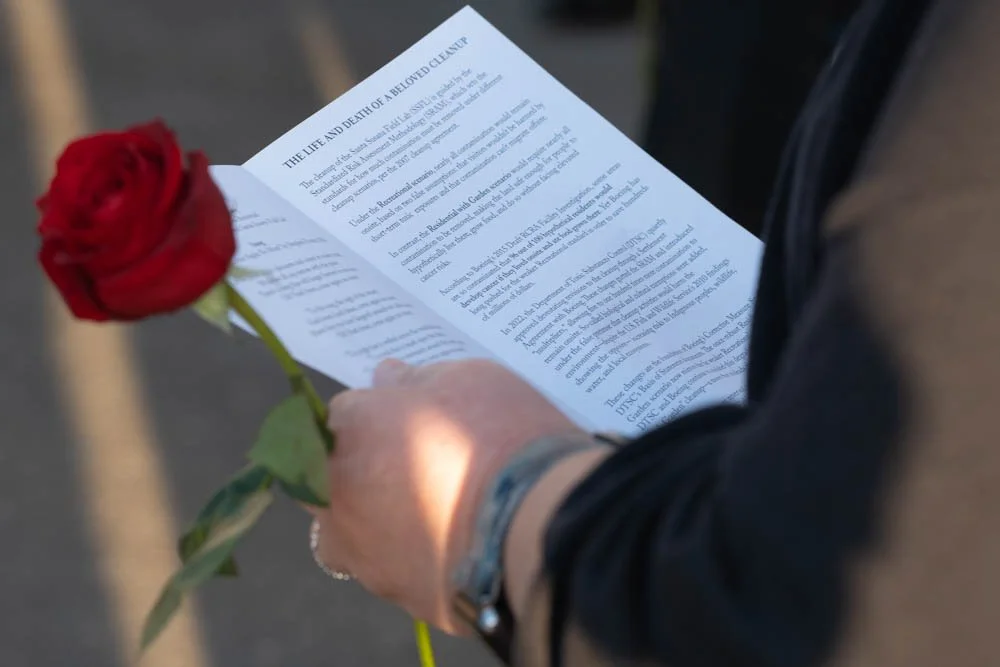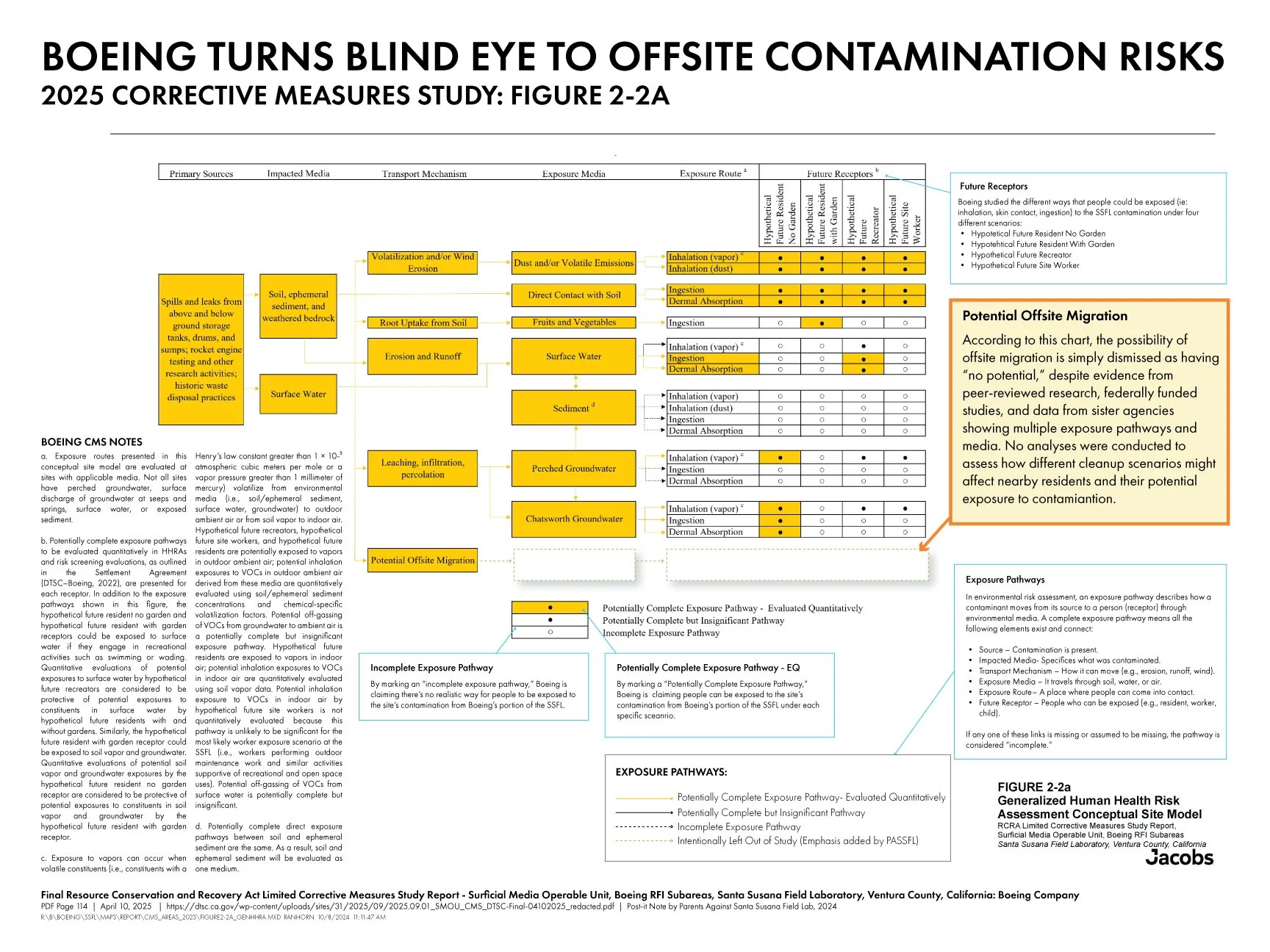Simi Valley set to receive soil from toxic site
Simi Valley, CA – Boeing’s cleanup plans for the Santa Susana Field Lab, one of California’s most toxic sites, lists the Simi Valley Municipal Landfill as a potential repository for soil from the toxic site.

Protestors gather in front of Boeing Building, Los Angeles. Photo by Sean Muniz via Snappr, 2025.

Simi Valley resident, John Lapper, attends the service. Photo by Sean Muniz via Snappr, 2025.

A view from the hearse. Photo by Sean Muniz via Snappr, 2025.

Protestors hug as they grieve the cleanup. Photo by Sean Muniz via Snappr, 2025.

Melissa Bumstead, founder and Co-Director of Parents Against Santa Susana Field Lab. Photo by Sean Muniz via Snappr, 2025.

Photo by James McGillis

Photo by James McGillis

Photo by Griffin O'Rourke via CSUN Sundial

Photo by Judi Bumstead

Photo by Judi Bumstead

Photo by Judi Bumstead

Photo by Griffin O'Rourke via CSUN Sundial

Photo by Griffin O'Rourke via CSUN Sundial

Photo by Griffin O'Rourke via CSUN Sundial

Photo by Judi Bumstead
Boeing’s Cleanup overview
The Department of Toxic Substances Control (DTSC) promised the cleanup of the Santa Susana Field Lab (SSFL) to be completed by 2017. Nearly two decades later the site remains dangerously contaminated and the original cleanup agreement in shatters. Learn more about the Santa Susana Field Lab cleanup here.
2007: DTSC and the Responsible Parties, Boeing, NASA, and the Department of Energy, sign an agreement to remediate the SSFL to meet local zoning requirements- including options for Rural Residential and Agricultural scenarios.
2015: Boeing sends a letter to residents promising a clean-up according to a “Suburban Residential” scenario which isn't the best cleanup, but still significantly more stringent than a recreational cleanup scenario.
2015: Boeing's Draft RCRA Facility Investigation Data Summary found that 96 out of 100 people would get cancer if they lived on parts of Boeing’s property at the SSFL.
2022: “Settlement Agreement” is announced between Boeing, CalEPA and Department of Toxic Substances Control (DTSC) that will allow Boeing to leave up to 94% of it’s property contaminated with toxic chemicals.
2023: The Final Programmatic Environmental Impact Report (PEIR) sets the cleanup for the entire site. Changes in the final PEIR will allow most contamination to stay onsite permanently.
2025: Residents hold faux-funeral over Boeings Corrective Measure Study (CMS) that claims to consider a “Hypothetical Residential with Garden Scenario” cleanup, but with data that resembles a “Recreational” cleanup, deceptively allowing most of the contamination to remain onsite.



